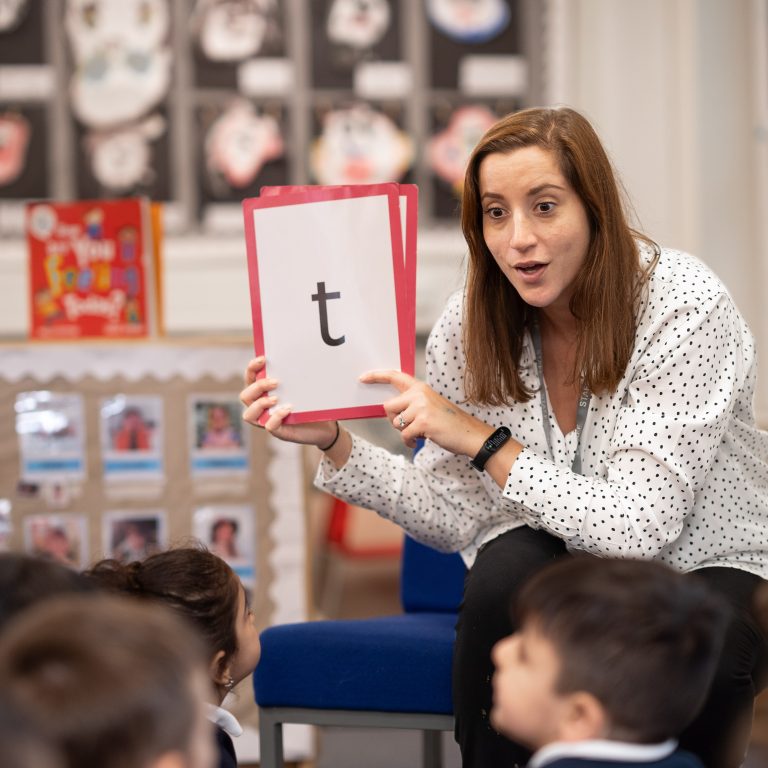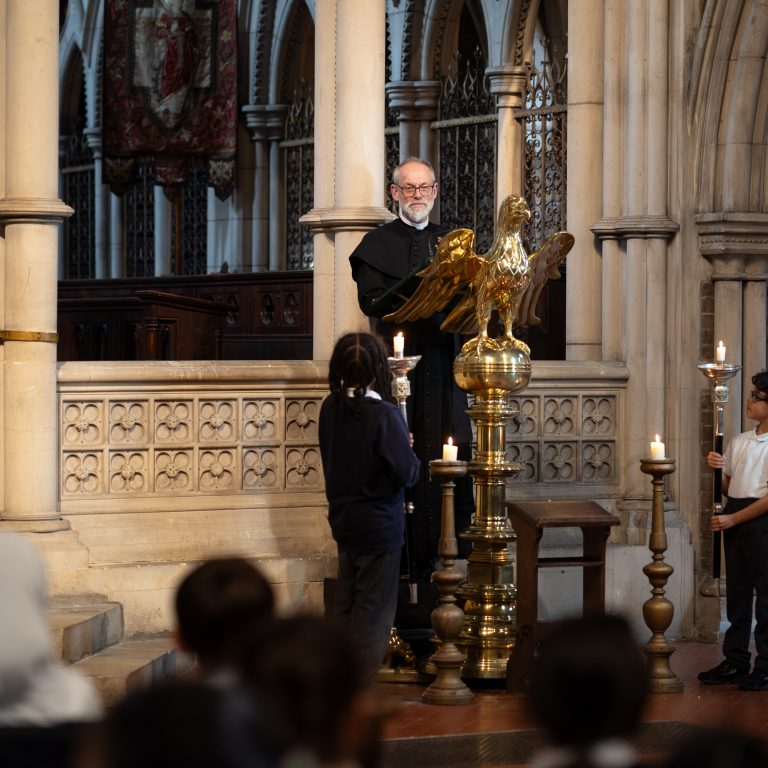Phonics Guidance & Information
Please click the link below to support your child with saying their sounds and writing their letters:
Phonics Support for Parents – Little Wandle Letters and Sounds Revised Phonics Programme
How to Support Your Child With Phonics
Blending to Read – How to practice blending sounds to read words
For this, you will need flashcards with the different sounds written on them, eg. m-a-n. Model making the word by saying the different sounds (phonemes) and putting the letters in the right order. You then ask the child to make the word. This can be repeated a few times to make sure your child is secure in reading that word.
You can also do this with more sounds/using digraphs eg., f – i – sh or r – ai – n – b – ow
Oral blending – How to practice oral blending with your child
Oral blending (hearing the sounds in a word and putting them together) is an essential skill that you r child will need to have in order to begin reading written words.
Put a set of objects in a bag (for example, a box, a rock, a shell, a toy cat, a picture of a fish). Take each object out in turn and say the word then sound out each sound e.g., I’ve got a cat, c-a-t. I’ve got a fish, f-i-sh, I’ve got a shell, sh-e-ll. When you have taken out each object and put it on the table, say that you are going to ‘robot talk’ each word and you want your child to give you that object to put in the bag e.g., Give me the r-o-ck. Praise your child if they give you the correct object. If they make a mistake, show them the object and ‘robot talk’ the word then put it back on the table. Continue until they have correctly identified every object and put them in the bag.
Grapheme-Phoneme correspondence – How to practice recognising letters and their sounds
To start off, you will have to identify a sound that your child does not securely know first. For example, if a child has just been taught the letter ‘h’ and is not consistently remembering the phoneme. For this intervention you will need a 5×4 table (see below). In the table, you should write the sound the child finds difficult at least twice in each row. You should then include another two sounds in each row, but these must be sounds that the child is secure with. When completed, the table should look something like this:
| h |
a |
s |
s |
h |
| a |
h |
a |
h |
s |
| s |
s |
h |
h |
a |
| h |
a |
h |
s |
s |
You can download and print a blank table from the document below.
If your child does not remember the name of the letter in the table, say it for them, ask them to repeat it and move on to the next one.
GPC table


